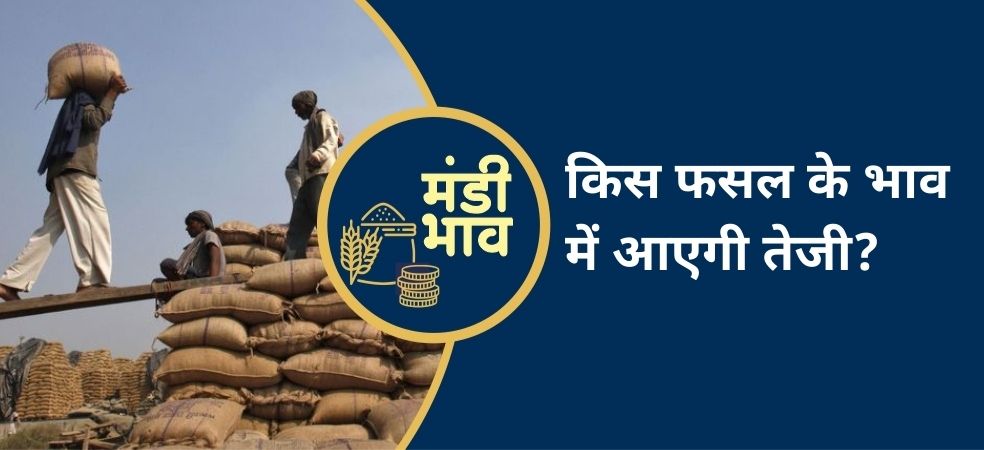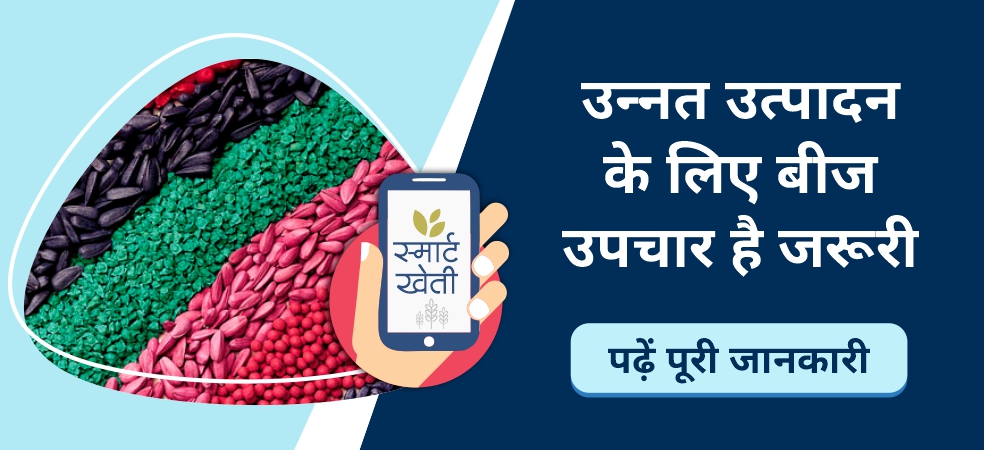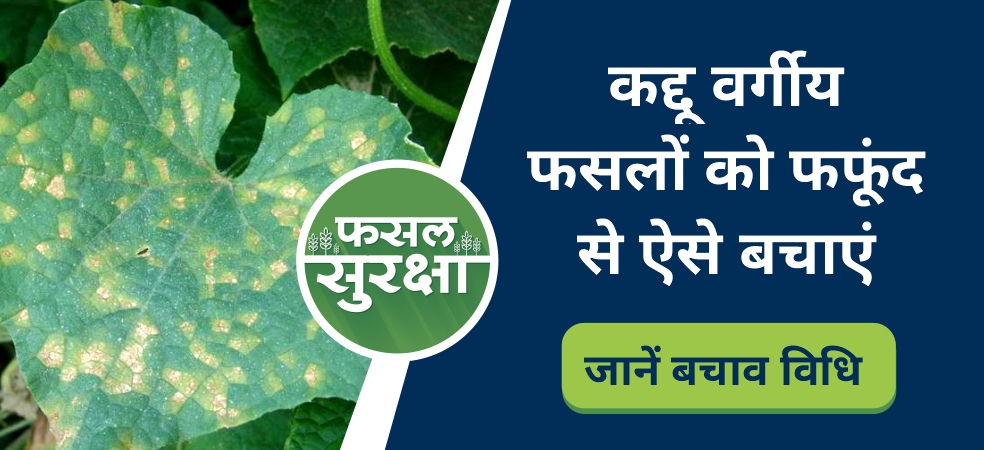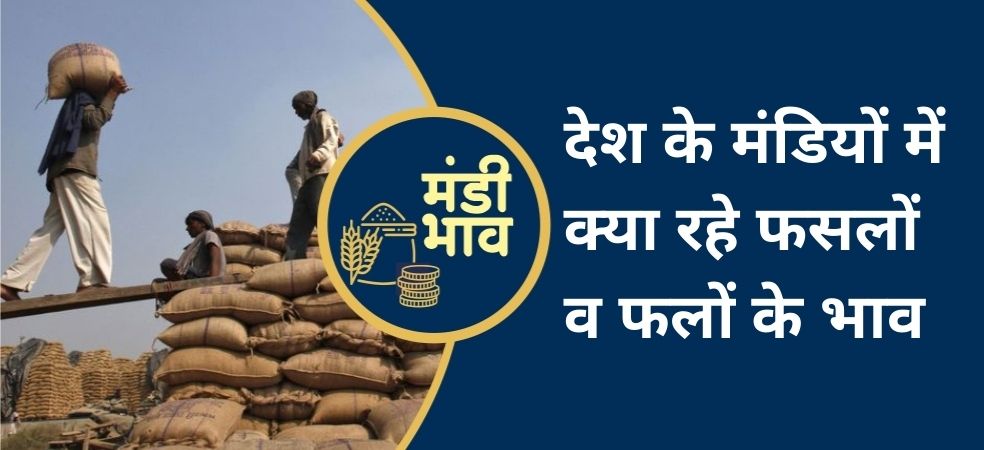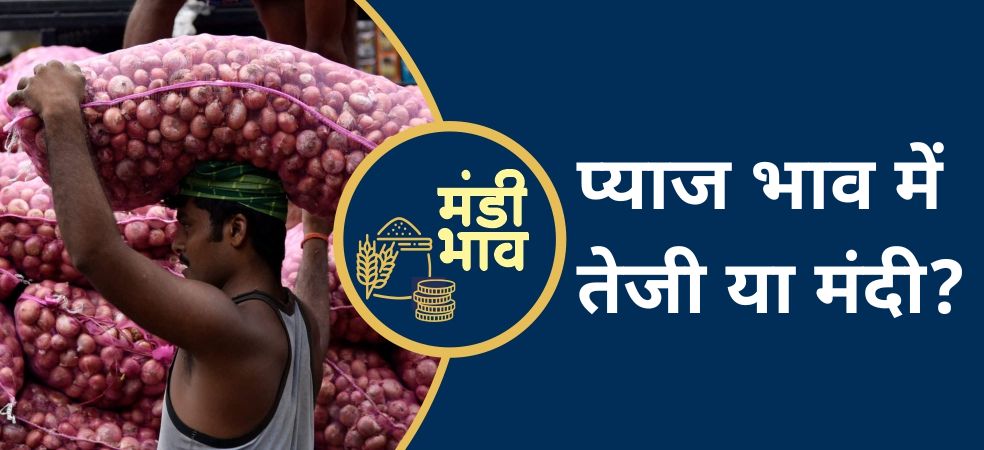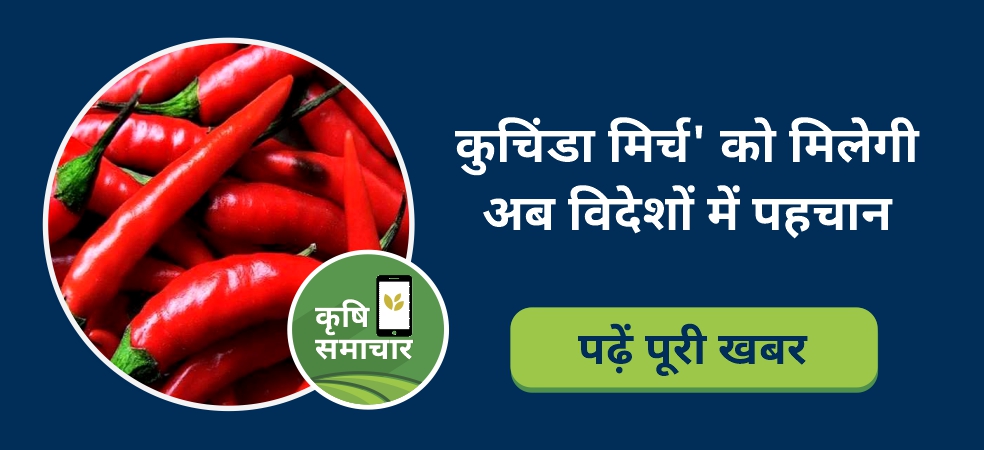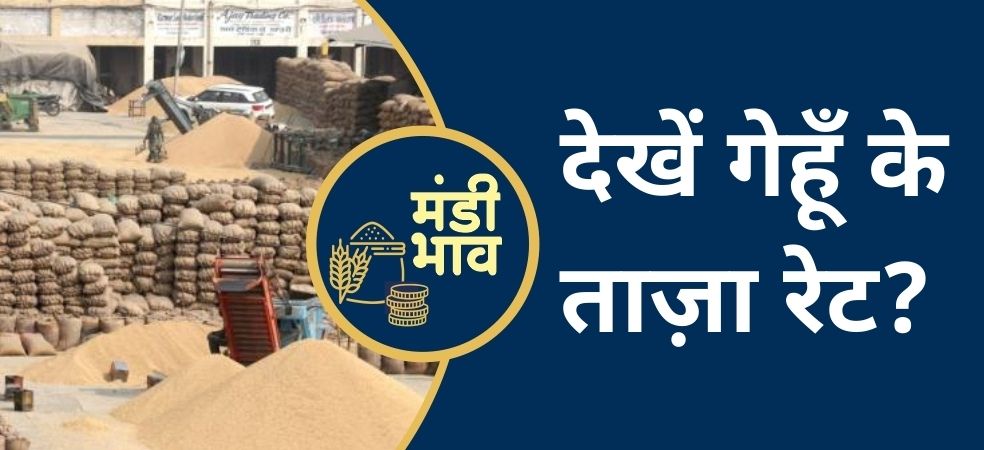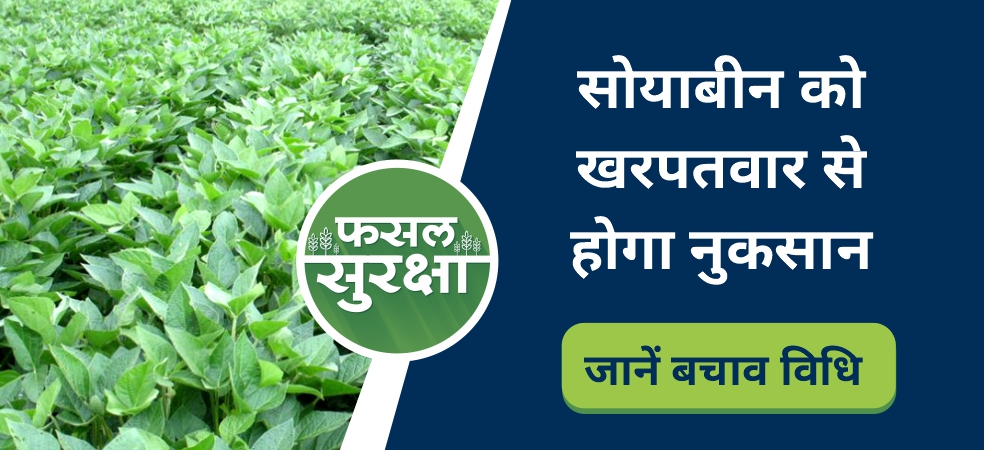Good rain activities were observed over North East Central and North India during the last 24 hours. South Interior Karnataka including Tamil Nadu and Kerala also recorded heavy rains. The monsoon deficit seen during the first 15 days is expected to be compensated. There will be good rain over North India during the next 2 days. Monsoon will progress over more states and this monsoon can prove to be good for the farmers.
Source: Skymet Weather
SharePlease visit the Gramophone app daily for information on weather forecasts. If you liked today’s information, then do like and share.


